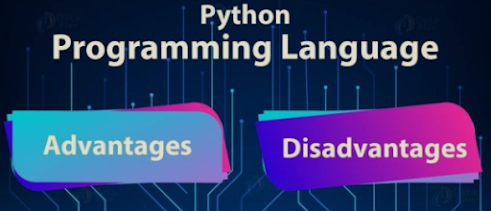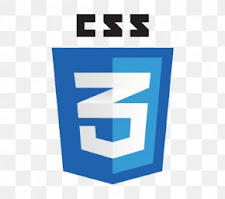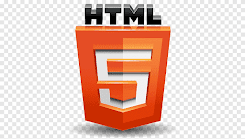Python
Python is a relatively new programming
language since it was released in 1989. Still, it has got the attention of
programmers and organizations after 2000, when new features and large-scale
computations were added. A python is an object-oriented programming language.
Python is one of the easiest languages to
use and work with. Python can create a framework for basically any website
need. This language uses simple and straightforward syntax, making it easy for
web developers to work with and explain to their users. Some familiar sites
that are using this language are Pinterest and Instagram.
Python is the fastest-growing programming language.
The simplicity of coding even complicated
structures in Python is a big reason why web application development using
Python is on the rise. Python helps software engineers cut development time
from hours to minutes.
You can use
Python for web development, Data Science, Scripting, and Automation. Similar to
JavaScript, Python also enjoys huge community support and has a lot of useful
frameworks, libraries, and tools that can help you create a web application in
quick time. Python is also a good
programming language to learn Coding
Its huge standard library and its
compatibility with major systems make it come handy for enterprise app
developers. Also, it’s easy syntax makes reading and redesigning quite easier.
The most favored artificial intelligence
programming language among developers that will be boosting in rank in 2020.
For beginners, Python is perfect because it is simple, easy to learn, and
powerful to create web applications and automation. Python is the best
programming language for AI comparing to Java, C#, C++, and Ruby because it
supports a functional, object-oriented and procedural-oriented programming
approach.
When compared to other
object-oriented programming languages such as Java or C/C++, less coding work
is required in Python saving a lot of time. However, it can get messy and
complicated for massive projects because of its inability to spot errors as it
is an interpreted language. Python is the ideal coding language used for machine
learning, NLP, and neural network connections.
Python can be used even if you are new to AI development since it is flexible
and comes with pre-existing libraries like Pandas, SciPy, and nltk. Python
language is lauded for its simple syntax and minimal codes.

Nowadays
python is gaining popularity in market.
Python undoubtedly tops the list. It is widely accepted as the best
programming language to learn first. Python is a fast, easy-to-use, and
easy-to-deploy programming language that is being widely used to develop
scalable web applications. YouTube, Instagram, Pinterest are all build in Python coding. Python
provides excellent library support and has a large developer community. The
programming language provides a great starting point for beginners. Those who are
looking for a better job should
definitely learn Python ASAP. A lot of Beginners are using Python as their
primary backend stack .
Pros
·
The most noticeable advantage of
Python, without a doubt, is the ease of use. New users can learn Python faster
than any other language.
·
It is an open-source language
with hundreds of built-in libraries; new features are being added to the
language continuously, reducing the programmer's efforts.
·
It is paving the way to
IoT(Internet of things), machine learning, and data science projects.
Cons
·
Unlike other compiled languages,
Python is an interpreted language, which may reduce speed. For example, it is
slower than C or C++.
·
Python interprets one thread (instruction)
simultaneously, and single-threaded programs can cause a decline inefficiency.
It needs a lot of memory to perform complicated tasks.
·
Not an excellent option to work
with the problematic database.



















